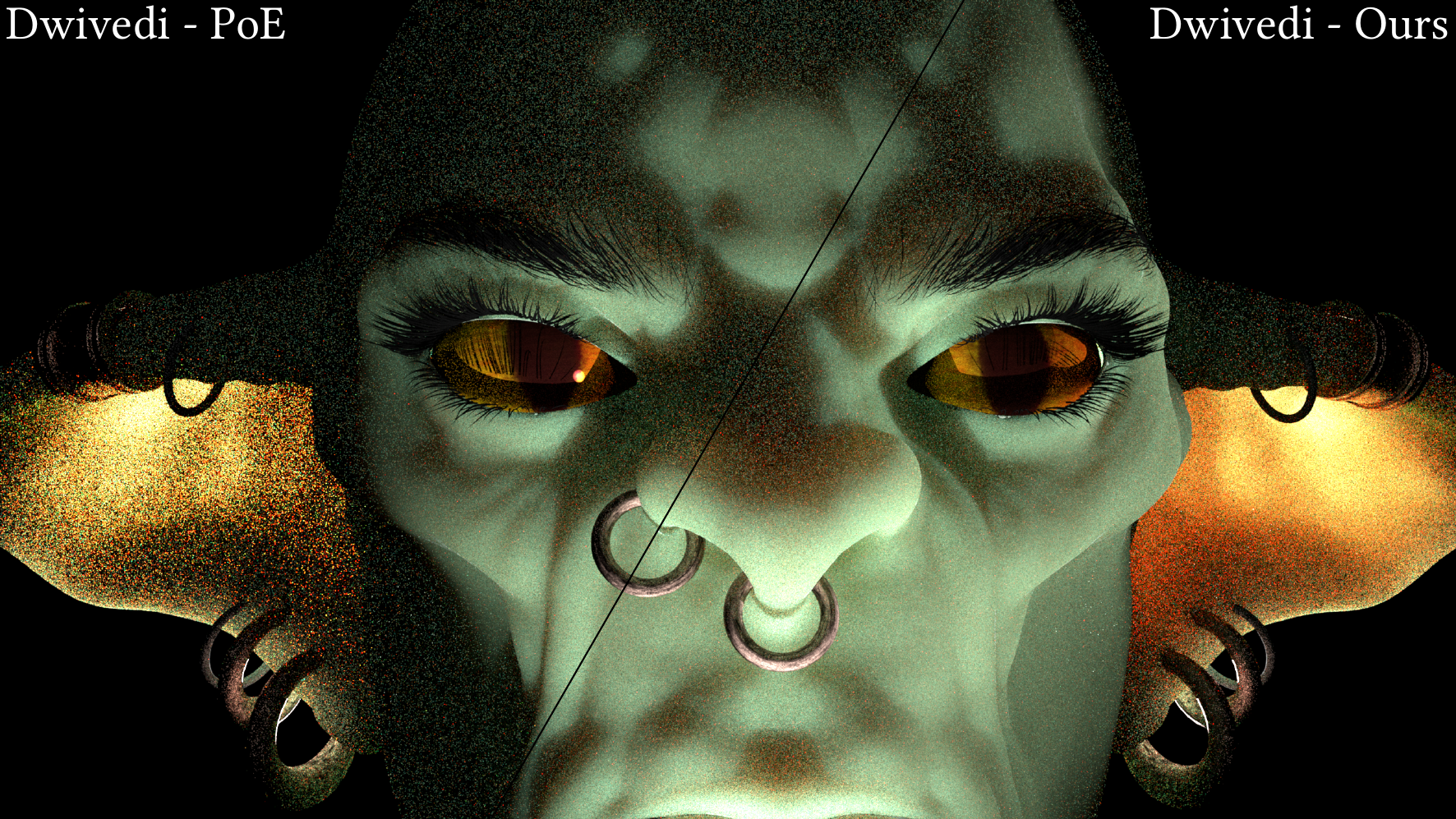Darryl Gouder

Welcome to my webpage! My name is Darryl Gouder, originally from Malta but currently living in Prague, in the Czech Republic. I am currently on pause from my PhD at Charles University, working as a Senior Research Engineer at Wētā FX’s Rendering Department. I joined Wētā and moved to Wellington back in 2020 BC (Before Covid) and have been at Wētā since. On September 2022, I moved to Prague to start my PhD at Charles University, where I’m investigating ways of accelerating subsurface scattering simulations in the context of Monte Carlo Path Tracing. Wētā is very kindly financially supporting me during my studies, and my PhD project supervisor is Jirka Vorba.
Previous to all this, I lived in London, working at MPC Film as a Researcher and Rendering Software Developer. I was part of the New Technologies team, before I moved to the Genesis team, working on real-time rendering problems for virtual production.
This website and blog contain some of the things I work on in my personal time. Apart from my interest in computer graphics and mathematics, I (unfortunately) have many other interests spread between trail running, weight lifting, photography, cooking, baking and an unhealthy obsession with Tolkien’s works.
The views, thoughts, and opinions expressed on this website are solely my own and do not necessarily reflect the views of any employer, organization, or other individual.

